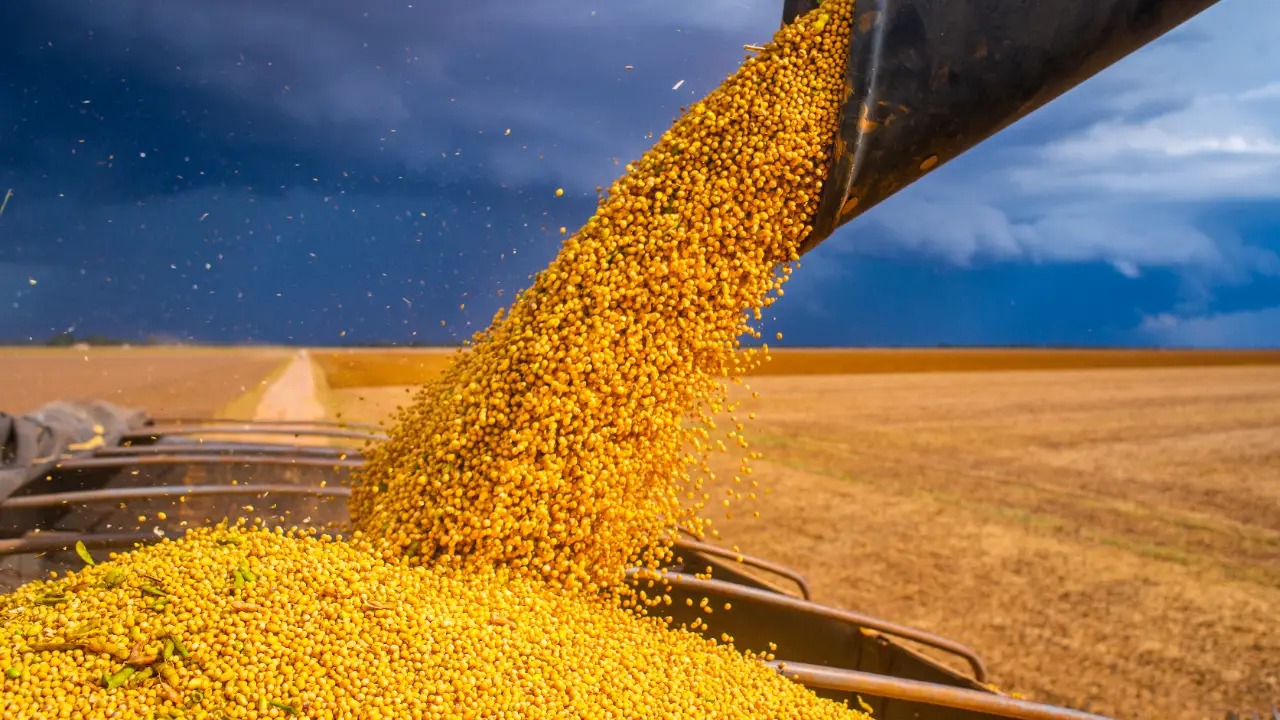Home>Finance>Agricultural Credit: Definition And Types Of Credit Vehicles


Finance
Agricultural Credit: Definition And Types Of Credit Vehicles
Modified: December 12, 2023
Learn about agricultural credit and its various types of credit vehicles in the field of finance. Find out how farmers can access financial assistance for their agricultural needs.
(Many of the links in this article redirect to a specific reviewed product. Your purchase of these products through affiliate links helps to generate commission for LiveWell, at no extra cost. Learn more)
Agricultural Credit: Definition and Types of Credit Vehicles
In the world of farming and agriculture, access to credit is crucial for the growth and success of farmers. Agricultural credit refers to the financial support provided to farmers and agricultural enterprises to meet their operational and investment needs. As an SEO expert, I’d like to share with you some key insights about agricultural credit, including its definition and different types of credit vehicles available in the market.
Key Takeaways:
- Agricultural credit provides financial support to farmers and agricultural enterprises.
- Credit vehicles vary in terms of purpose, duration, and collateral requirements.
What is Agricultural Credit?
Agricultural credit encompasses various financial products and services that help farmers access funds for their farming operations. This credit assists farmers in mitigating financial risks, improving productivity, and investing in new technologies and infrastructure. Farmers may require credit for purchasing agricultural inputs, machinery, seeds, livestock, or even for marketing their produce.
Agricultural credit also plays a significant role in stabilizing rural economies by providing a reliable and continuous flow of funds to support agricultural activities. It helps sustain livelihoods, create employment opportunities, and drive economic growth in rural areas.
Types of Agricultural Credit Vehicles
There are several credit vehicles available to farmers and agricultural enterprises, each designed to cater to specific financial needs and circumstances. The types of agricultural credit vehicles commonly found in the market include:
- Short-Term Credit: Also known as operating loans, short-term credit provides farmers with funds to cover the costs of seasonal farming activities. These loans are typically repaid in a relatively short period, often within one year. They help farmers with working capital and bridge the gap between planting and harvesting seasons.
- Medium-Term Credit: Medium-term credit is usually provided to finance machinery and equipment purchases or long-term investments in land and livestock. These loans have a longer repayment period, ranging from three to ten years, allowing farmers to pay back the borrowed amount in installments over time.
- Long-Term Credit: Long-term credit is used for large-scale investments in agriculture, such as land purchases, orchard establishment, or infrastructure development. These loans have extended repayment terms, often exceeding ten years, to accommodate the substantial amount of borrowed funds and the time required to generate returns from the investment.
- Production Credit: Production credit refers to the credit extended to farmers for crop production or livestock rearing purposes. It covers the expenses related to inputs, labor, and other operational costs to ensure smooth agricultural activities. This type of credit is often flexible, allowing farmers to borrow as and when needed throughout the production cycle.
- Processing or Marketing Credit: Processing or marketing credit is offered to farmers to facilitate the post-harvest processing, storage, and marketing of agricultural produce. It enables farmers to cover expenses related to sorting, grading, packing, transportation, and cold storage, ensuring that their products reach end consumers in a timely and efficient manner.
It’s important to note that the availability and terms of agricultural credit vehicles may vary across regions and countries. Farmers should explore different credit options and work with knowledgeable financial institutions, agricultural cooperatives, or government schemes to find the most suitable credit vehicle for their specific needs.
Conclusion
Agricultural credit serves as a lifeline for farmers, providing them with the necessary financial resources to sustain and expand their farming operations. Whether it’s short-term credit for immediate needs or long-term loans for large-scale investments, the availability of agricultural credit vehicles allows farmers to drive innovation, enhance productivity, and contribute to the overall development of the agricultural sector. By understanding the different types of credit vehicles available, farmers can make informed decisions and secure the funding required to fulfill their farming goals and contribute to food security.
So, the next time you hear about agricultural credit, remember that it goes beyond just loans. It’s a vital tool that empowers farmers to feed the world.














